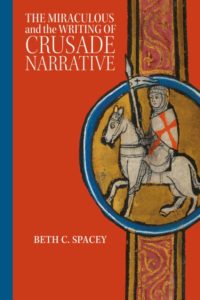This coming Friday, 15 May, there will be a PUBLIC WEBINAR sponsored by the Medieval Academy of America:
The Mother of All Pandemics: The State of Black Death Research in the Era of COVID-19
15 May 2020
1 – 3 PM EDT
Zoom link: https://us02web.zoom.us/j/89832471831
Questions can be submitted via Twitter by using the hashtag #MAAWebinar. The webinar and following Q&A will be recorded.
The session will, for the first time ever, bring together the world’s leading authorities on the “new paradigm” of plague studies, which uses new findings in the genetics of Yersinia pestis to argue that the Black Death was a real semi-global pandemic: affecting not simply Europe, the Mediterranean, and the Middle East, but most of Asia and probably major parts of Africa, too.
No registration is required. Just show up. Though it is recommended that you arrive early as spaces are limited. This will be the first Webinar dedicated to the Black Death since our new pandemic began. If you haven’t updated your Black Death teaching notes in the past decade (or more), you’re in for some big surprises.
For more information click here. To access the recording of this event, check out this MAA link a few days after the event to get the link to the MAA YouTube page where it will be posted. A bibliography is also being prepared that will be posted as a Google Doc.

